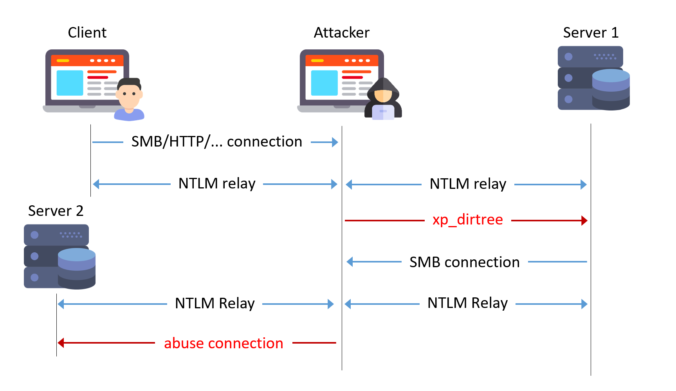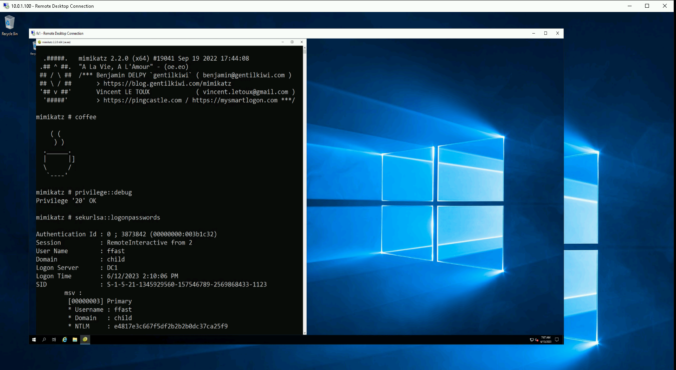Readers of this blog probably know that I like to try NTLM relaying over all protocols possible! Relaying to Microsoft SQL (MSSQL) is known to work when using the default weak configuration.
With this blog post, we show some dangerous configurations and release a small tool to automate NTLM relaying in these cases.









